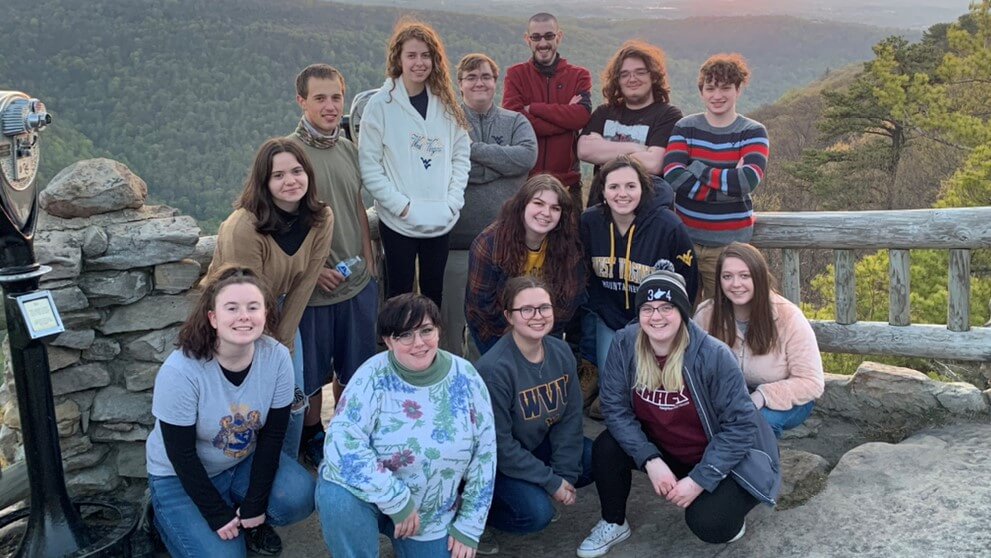
Differentiating Fact from Opinion in the News
When did the news become about ratings instead of reporting what is truly happening in the world, and how can we know what to believe? College students need to be aware of why news outlets are biased and learn how to differentiate fact from opinion in the jungle known as fake news.
Today, a person can name any news outlet and know what they stand for – what the outlet reports, whose side they support, and what “type” of person watches their channel. How did this happen? If it is the news’ job to report what is going on in the world, then a person should be able to watch any news station and hear the same information. Unfortunately, this ideal is not what occurs today.
What Is Fake News?
The news didn’t always operate like this. This phenomenon of reporting only one side of the story is called biased or opinionated reporting. It is also called Fake News. The media began to implement this type of reporting as people began to “[cancel their cable subscriptions] in favor of an Internet-based service” (Is Media Dividing America?), also known as cord-cutting. To convince people to keep their news subscriptions, news networks needed to keep people entertained. This doesn’t happen with facts; they needed to report opinions.
Ratings Reign Above All Else
News companies abandoned their integrity to keep their ratings high and keep people watching. They chose which side to support and kept their stories consistent with their side. This form of “news” “[appeals] to our emotions in many ways... It’s these emotions that keep us addicted to media,” (Is Media Dividing America?). If the news reported unbiased facts, then they couldn’t put their spin on the story to keep us coming back for more.
Differentiating Fact from Opinion
So, students know that news outlets are biased in their reporting and only support a certain side. How can they discern what is fact and what is opinion? There isn’t one right way to do it. It requires a lot of research on the topic, double checking claims from news outlets, and reviewing opinions from experts about the topic.
How can people stop news outlets from reporting biased opinions? The truth is, they can’t. However, students can educate themselves in order to recognize the difference between fact and opinion.
Source:
“Is Media Dividing America?” Paypervids, 24 Apr. 2021
Do you have a compelling story or student success tips you’d like to see published on the Pearson Students blog? If you are a college student and interested in writing for us – click here to pitch your idea and get started!
